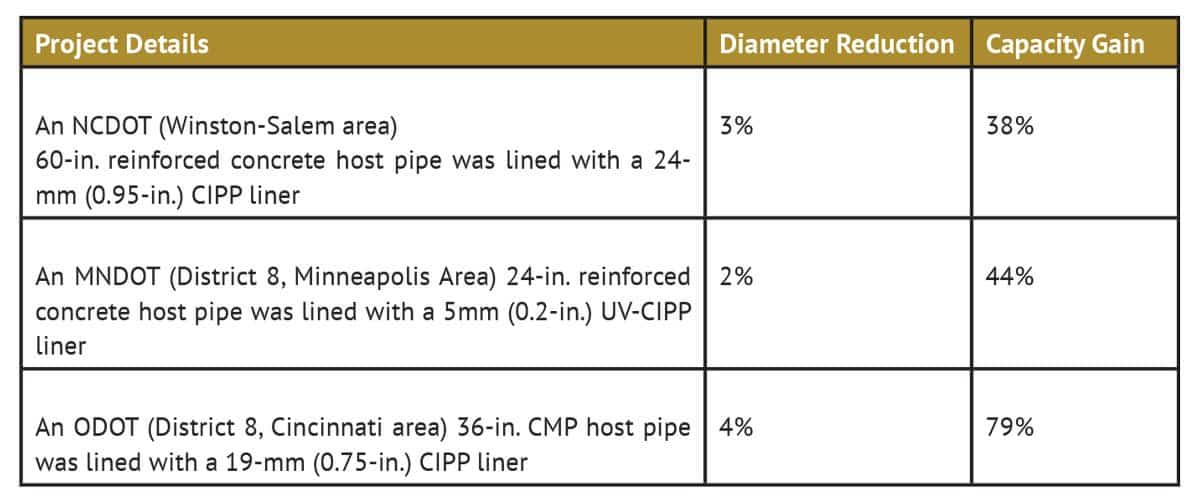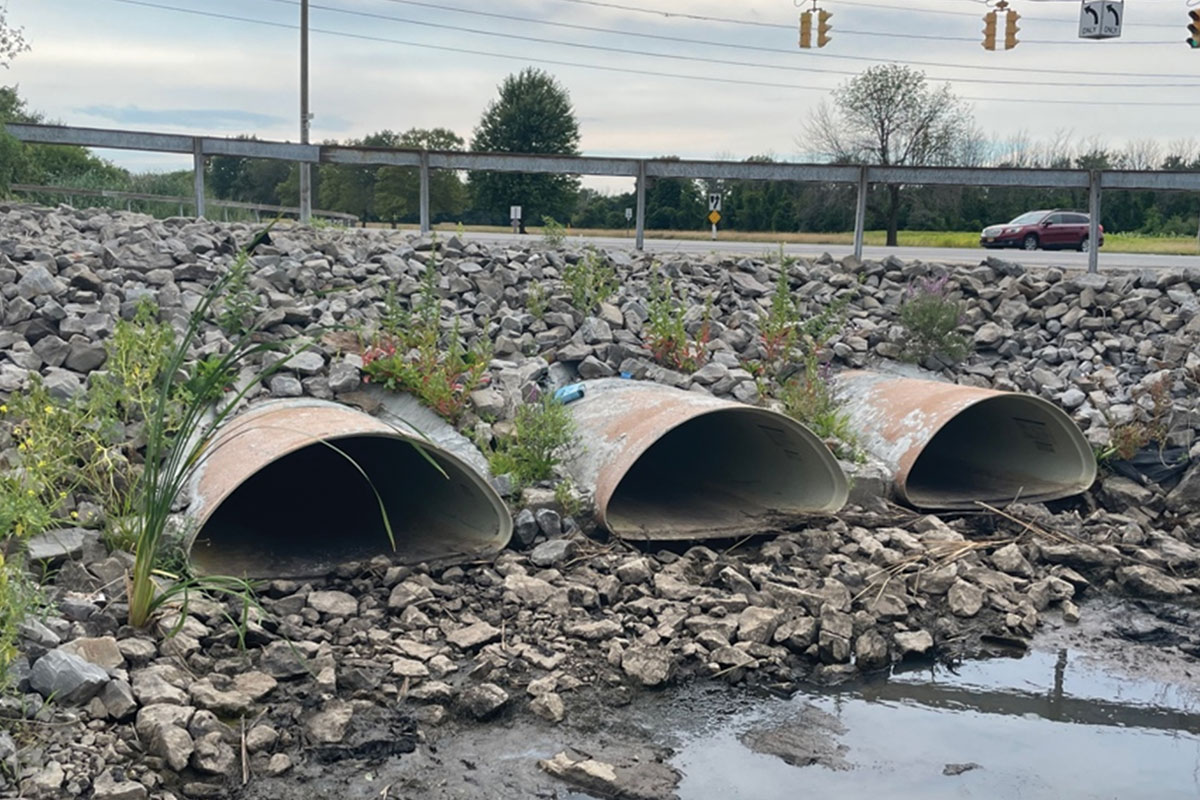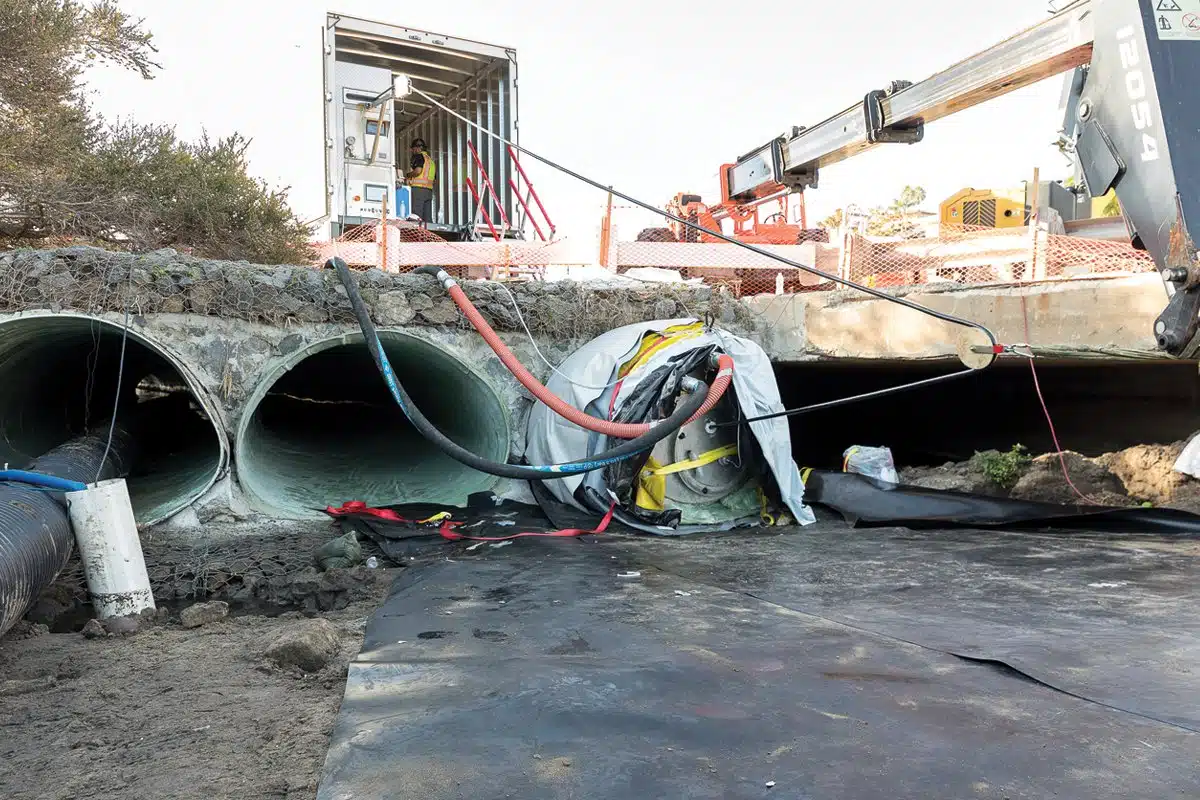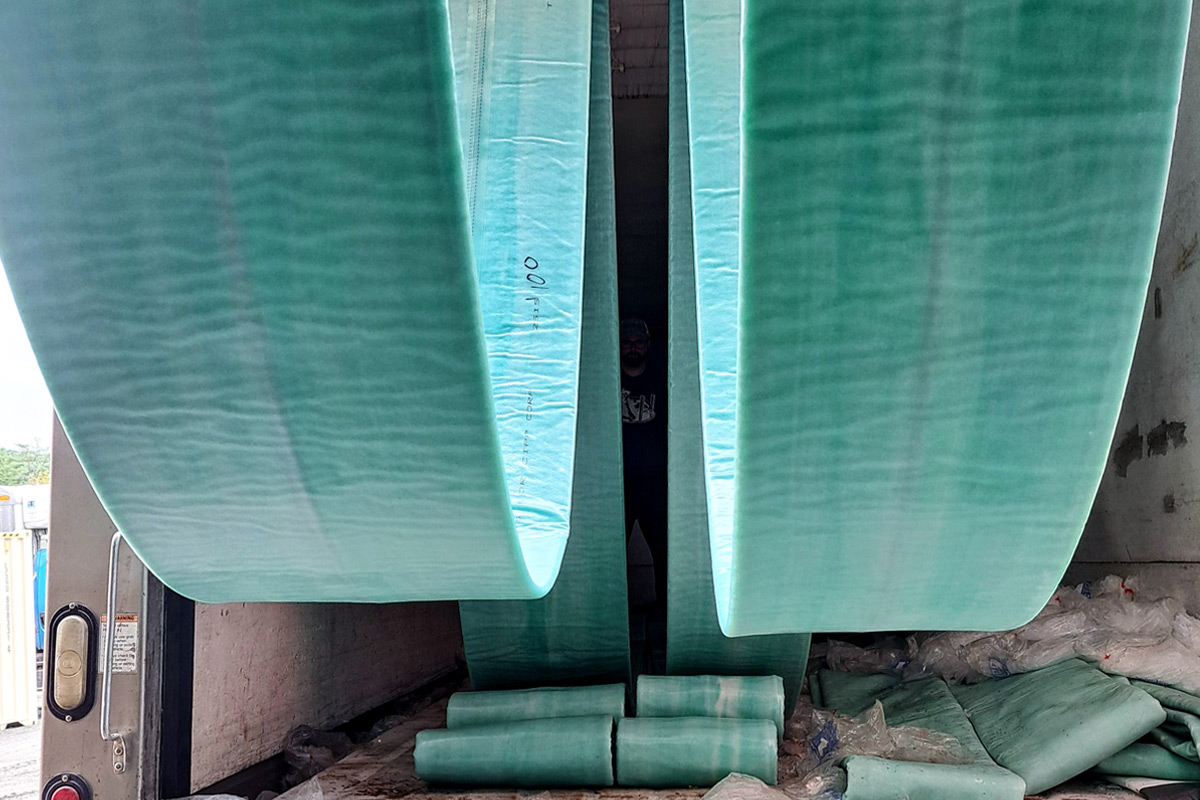
Making the Case for Culverts and CIPP
Speed and Ease for Highway Culvert Rehabilitation
Historically, department of transportation (DOT) agencies have relied on a combination of open-cut and sliplining to address aging highway pipeline infrastructure. However, there are many reasons to instead choose cured-in-place pipe (CIPP), especially with regard to culverts. As DOT specifications shift toward accepting, or even requiring CIPP for large-diameter culvert rehabilitation, we dive into the reasons behind that shift in thinking.
CIPP requires no excavation and a small working area for open-ended culvert rehabilitation. That is a particularly handy attribute when we consider the challenges associated with moving heavy equipment down the side of a steep highway embankment. Here is why.

Speed
Whether a two-lane county road or a 10-lane interstate, minimizing disruption to the traveling public is always a key factor for highway construction work. The rule of thumb is three days for a CIPP installation — one day to mobilize and prepare the pipeline, one day for CIPP lining, and one final day to clean up and demobilize. The “three-day rule” holds true whether the culvert is 24 in. or 110 in. in diameter.
RELATED: CIPP Used to Reline Wisconsin Culvert in the Winter
Capacity
Some poor hydraulic engineer spent a week of their life calculating stormwater runoff and designing just the right culvert diameter. It is true that culvert rehabilitation often results in a diameter reduction, but that does not mean the flow-through capacity will also be reduced. Friction is the game-changer. A quick explanation: CIPP liners are minimal in thickness, usually only 1 to 2 in., depending on pipe diameter. Despite the diameter loss, CIPP is far smoother than the corrugated steel or reinforced concrete host pipe it replaces. Here are a few real-life examples of how friction vs. diameter plays out:

Life Cycle
CIPP liners are specified for a 50-year design life, but industry experts suggest the reality may be 100 years and beyond. These values are theoretical projections considering the origin of the technology just celebrated its 50th birthday. The important part to remember is that CIPP is inherently corrosion-resistant and designed to last a long, long time.

Shape
CIPP liners are custom fabricated to fit the dimension of the host pipe. They are built using multiple layers of felt (and/or fiberglass), formed into long, cylindrical-shaped liners. The fit is excellent in round or “round-ish” host pipes including ovals, ellipses, egg, and teardrop shapes. Square corners like those in a box culvert or a flat-bottom arch pipe can pose a challenge.
The Really Big Stuff
The industry threshold for CIPP is currently about 10 ft (120 in.) in diameter. Larger liners could be fabricated, but the available installation and trucking equipment are lacking. Successful installations take place weekly in the 6- to 8-ft diameter range, and large diameter lining is growing in popularity and technical advances.

Challenges for CIPP
Have you ever seen a pipeline where the crown or invert is badly broken and external forces have pushed it into a heart shape? The industry refers to that as reverse curvature (no longer round, the host pipe is curving in on itself), and reverse curvature is the kryptonite to CIPP. ASTM F1216 calculations rely on a round shape for strength, and while ovality is a key liner design factor, there is no failsafe design to overcome the point loading created by reverse curvature.
RELATED: A Unique Solution to CIPP Lining of Large Freeway Culverts
Additionally, CIPP will not resolve other host pipe issues such as unwanted alignment or grade changes. A CIPP liner may serve to minimize some of those bends and sags, but it will always follow the shape of the culvert. In instances such as these, open-cut culvert replacement, sliplining, and spray-applied lining systems are alternate technologies to consider.
Eric Haenlein, P.E., is the director of engineering for Inliner Solutions.




